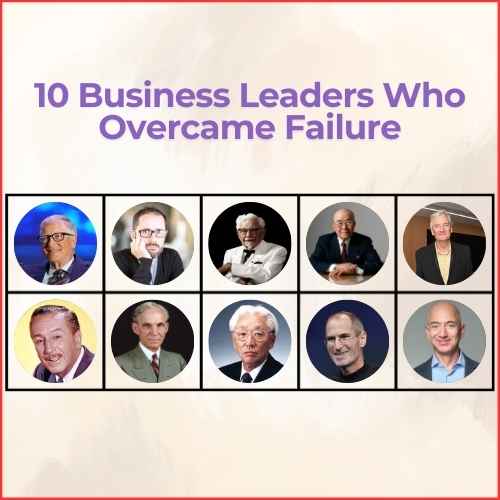India has such a splendid historical past that it is interlinked with the stories of great kings and kingdoms of the Indian subcontinent. Some of these rulers are known to have ruled their respective areas from ancient time to the mediaeval periods and had influenced the social-cultural and even the political development of India.
Here Below The List Of Top 10 Powerful Kings in India
| No. | King | Reign | Dynasty |
| 1 | Chandragupta Maurya | 321-297 BCE | Maurya |
| 2 | Ashoka the Great | 268-232 BCE | Maurya |
| 3 | Samudragupta | c. 335-380 CE | Gupta Empire |
| 4 | Akbar the Great | 1556-1605 CE | Mughal Empire |
| 5 | Raja Raja Chola I | 985-1014 CE | Chola |
| 6 | Krishnadevaraya | 1509-1529 CE | Vijayanagara Empire |
| 7 | Prithviraj Chauhan | 1178-1192 CE | Chahamana (Chauhan) |
| 8 | Shivaji Maharaj | 1674-1680 CE | Maratha Empire |
| 9 | Maharana Pratap | 1572-1597 CE | Mewar, Rajasthan |
| 10 | Harshavardhana | 606-647 CE | Vardhana |
1. Chandragupta Maurya
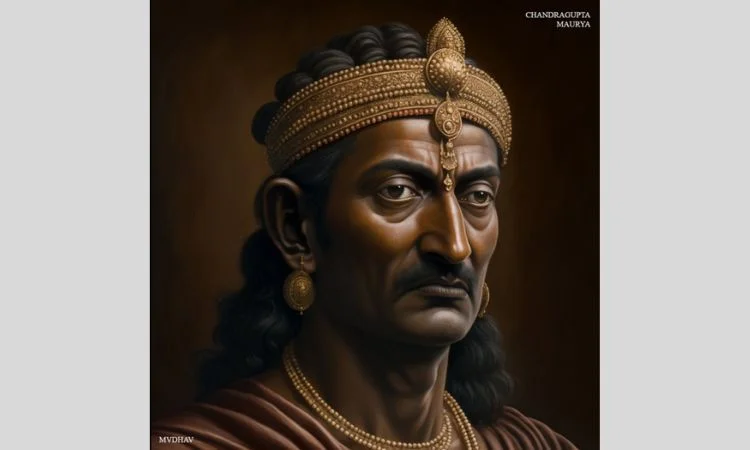
Reign: 321-297 BCE
Dynasty: Maurya
Notable Achievement: Maurya Empire and the unification of North India
Chandragupta Maurya remains one of the non-negligible figures of ancient India, whose life narrative may be associated solely with the strike of ambition and pragmatic mentality. Starting without any political ambitions to his name, he established the Mauryan Empire, one of the greatest empires of ancient India.
With the guidance of his advisor, the legendary Chanakya, Chandragupta:
– United many kings over north India
– They set up an efficient administration organization in their government.
– Established sound policies of the economy
– Fighting off incursions from outside forces
Thus, the history of India began a new brilliant epoch with Chandragupta Maurya and it can be stated that the further emperors continued his work.
2. Ashoka the Great: From An Attila to ‘a mild and compassionate man’
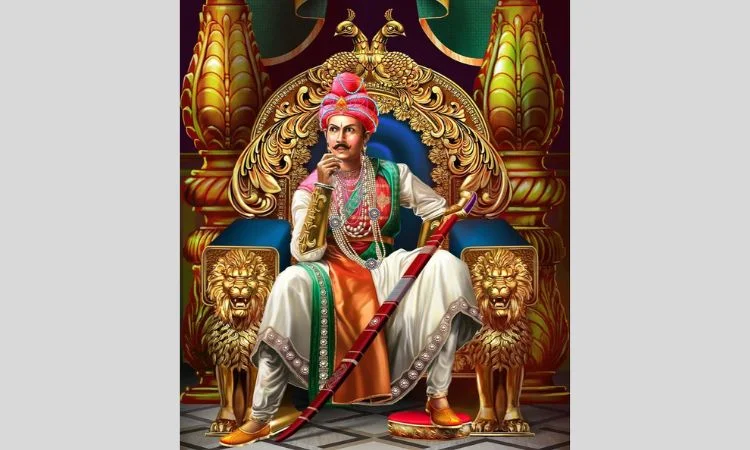
Reign: 268-232 BCE
Dynasty: Maurya
Notable Achievement: Currently some of the aims of the Maurya Empire were to extend their territories and spread Buddhism.
Ashoka the great was the grandson of Chandragupta Maurya; he initially like his grandfather was a great warrior and conqueror. But he erred at a crucial juncture in his existence and this was the Kalinga War which was bloody in itself.
Ashoka’s reign is characterized by:
– Some significant events that would have taken place in the specified period include;
– From Pali Canon, Buddhism was adopted and promoted to the public by the real Buddha.
– State measures for enforcement of dharma referring to moral righteousness
– Erecting of stupas, pillars and the rock edicts throughout the empire
Ashoka’s great decision of converting to Buddhism and his significant determined effort on moral governance influenced Indian culture for decades and propagated Buddhism beyond the borders of India.
3. Samudragupta: Napoleon of India
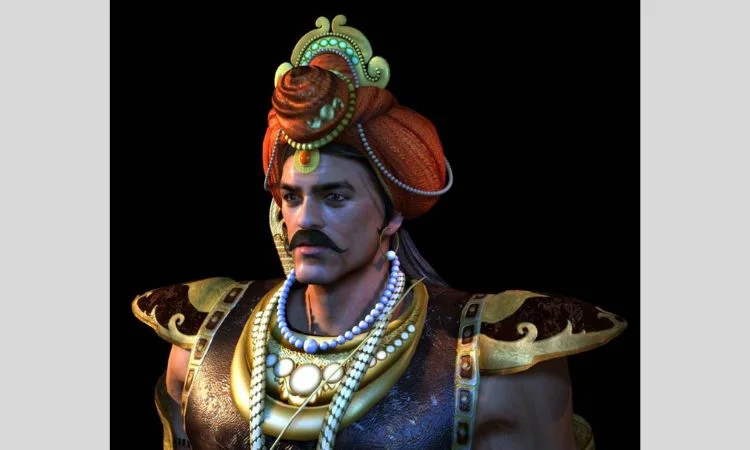
Reign: c. 335-380 CE
Dynasty: Gupta Empire
Notable Achievement: Warfare and arts Wochenzeichnung and Konrad have both war and the promotion of arts exposed in warfare.
Noted as the ‘Napoleon of India’ Samudragupta was not only a military genius but also a great patron of art and literature.
His reign was marked by
– Major military expeditions through which the geographical extent of the empire drastically increased.
– Protection of creativity in arts, literature and intellectuality
– Achievements, by the person as a poet and a musician.
– Hinduism should be promoted while at the same time being respectful to other religions.
Samudragupta brought in a new epoch of classical art, science, culture, and philosophy more often termed as the ‘The Golden period of India’.
4. Akbar the Great
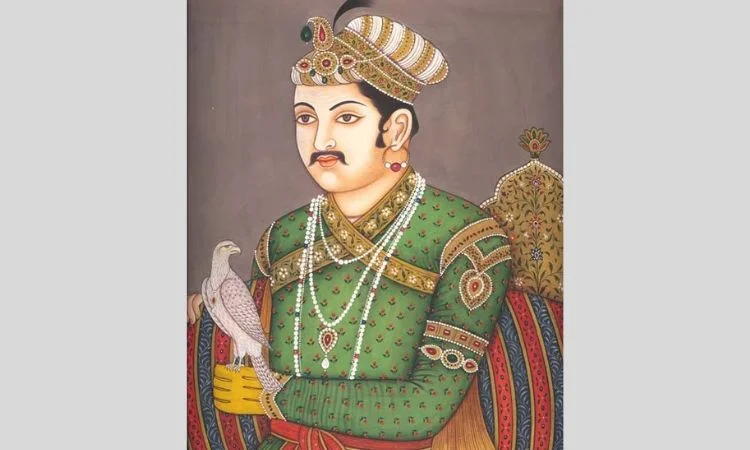
Reign: 1556-1605 CE
Dynasty: Mughal Empire
Notable Achievement: Creating a huge empire and encouraging the people’s assimilation
Akbar the Great can be counted among some of the most liberal and innovative monarchs in India’s history.
His reign was characterized by:
– Then there was Expansion followed by consolidation of the Mughal Empire
– Religious top tolerance and the creation of a new synthetic religion Din – Ilahi
– The other two areas that received patronage were art, architecture and literature.
– The mansabdari system and some changes in the administrative structure
Akbar policies of tolerance and integration of the different people in India were the basis of the formation of one unified India and therefore; he was referred to as Akbar the Great.
5. Raja Raja Chola I
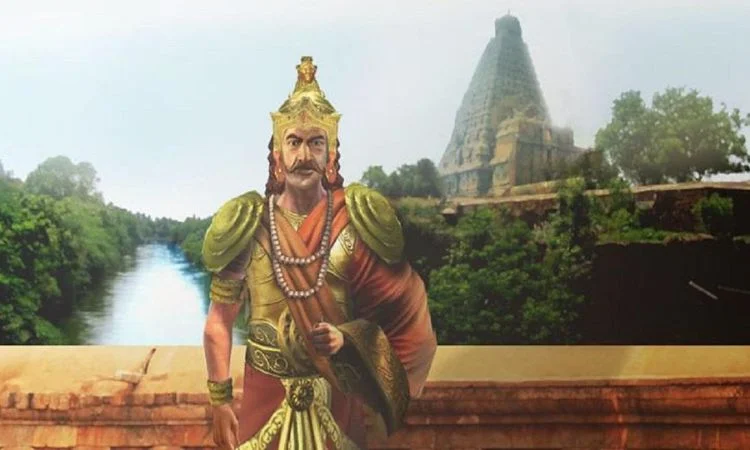
Reign: 985-1014 CE
Dynasty: Chola
Notable Achievement: The political factors include the attempts to expand the Chola empire and naval campaigns.
Raja Raja Chola I was one of the most perceptive rulers that managed to turn the Chola Dynasty into a naval empire.
His reign is notable for:
– Huge naval explorations and conquests in the Southeast Asia
– Building of the outstanding temple of Brihadeeswarar
– They comprise efficient administration and land revenue reforms.
– Support towards Tamil literature and the culture.
Raja Raja’s accuracy and accomplishments in the navy as well as cultural enrichment conveyed the Indian influence over the Bay of Bengal and several other areas.
6. Krishnadevaraya: The Renaissance King
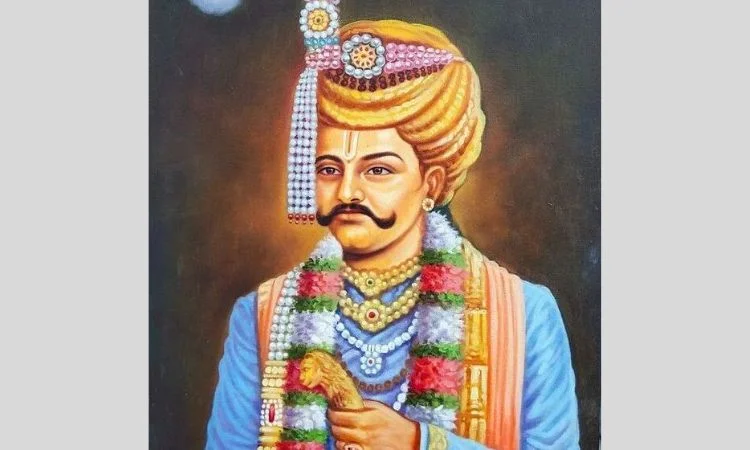
Reign: 1509-1529 CE
Dynasty: Vijayanagara Empire
Notable Achievement: Generally creating literature, arts, and architecture.
The rule of Krishnadevaraya is believed to be the epoch of the Vijayanagara empire.
He was known for:
– King on his military campaigns against the rival kingdoms
– Literature being supported in those many languages
– Famous temples of India like Vittala Temple, art and architecture promotion
– As previously stated, this basically boils down to just and efficient administration.
During Krishnadevaraya’s reign, the empire had started to be known as a cultural and a commercial hub and thus being among the kings who are most remembered in India.
7. Prithviraj Chauhan
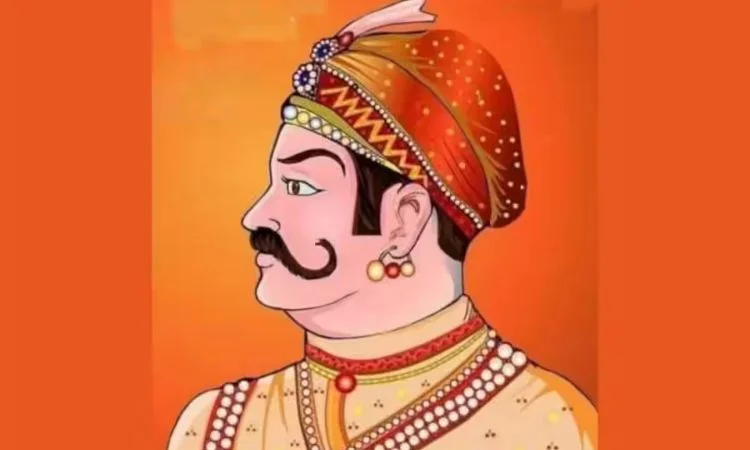
Reign: c. 1178-1192 CE
Dynasty: Chahamana (Chauhan)
Notable Achievement: Martial heroism and the fighting against the foreign element
Warriors, adventures, victories, defeats, love episodes, Prithviraj Chauhan’s life cannot be categorised in history alone; it is part history and part folklore.
His reign is remembered for:
– Defeats over rival kingdoms of India
– It would not be out of place to say that they offered stiff resistance to the foreign aggression in the shape of invasions by Muhammad Ghori.
– The great romance with Sanyogita
– Appreciation of literature; court poet Chand Bardai
Even though eventually, Prithviraj was defeated by the invader, the latter’s courage and legendary love affair is enjoyed by Indians of the present.
8. Shivaji Maharaj
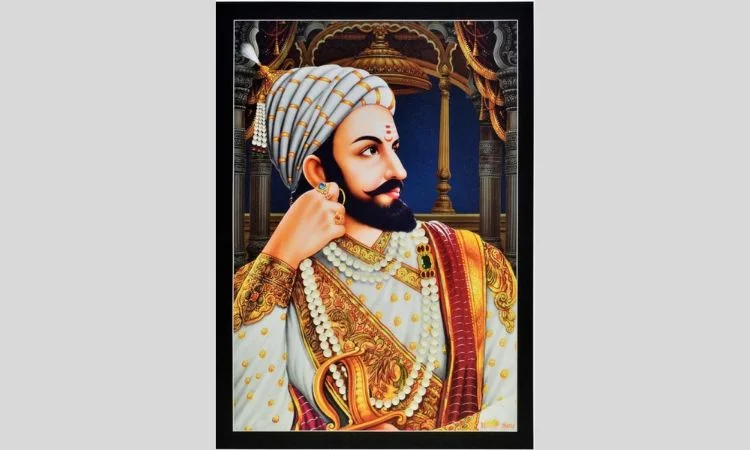
Reign: 1674-1680 CE
Dynasty: Maratha Empire
Notable Achievement: vs Empire and effective military strategies of guerrilla warfare
Marthandan’s loyalty to Shivaji Maharaj depicted the latter as an icon of resistance against the foreign colonizers.
His achievements include:
– Creation of Maratha Empire
– Innovativeness of guerrilla warfare tactics
– They include implementation of progressive administration policies.
– While in India Marathi language is also seen as an important aspect of promotion of Marathi culture.
Till this day, Shivaji continues to be celebrated among millions of people especially the people of Maharashtra, as a just ruler and as a genius in military tactics.
9. Maharana Pratap
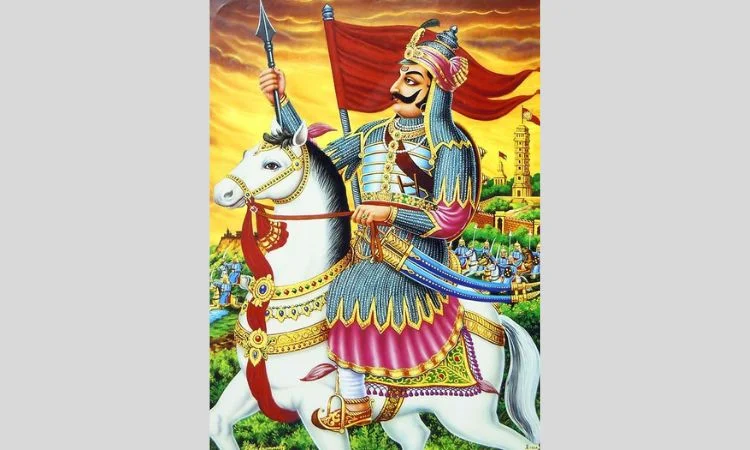
Reign: 1572-1597 CE
Region: Mewar, Rajasthan
Notable Achievement: The Battle of Haldighati as well as the Resistance to the Mughals
Maharana Pratap is well-known for his Battle with Mughals and his great fighting spirit.
His reign was marked by:
– Fought against Akbar’s forces, it is one of the most highlighted incidences in Rajasthan and throughout India
– They continued to make nuisance by changing their stand and hitting Mughals where they could.
– This was a very sensitive time especially in the preservation of the independence of Mewar.
– Symbolism of Rajput pride and Valour
This is why Maharana Pratap remains an icon of patriotism and fight for the right despite the fact that it is depicted that he was greatly outnumbered.
10. Harshavardhana: The Benevolent Emperor
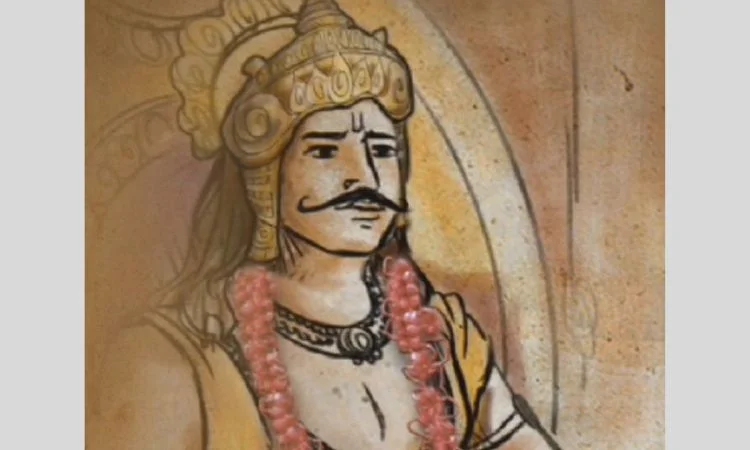
Reign: 606-647 CE
Dynasty: Vardhana
Notable Achievement: It was extending the king’s empire and spreading Buddhism and schools.
Harshavardhana was good for his people and famous for justice and cultural support.
His reign was characterized by:
– Combination of north India
– As for religions/ beliefs, options were; Promotion of Buddhism as one of the faiths of the country .
– Support for literature, fine arts and learning
– Sino-Indian relations also involve diplomatic relations between two countries of China and India.
Scholars and artists flocked to the court of the liberal and the great minded king Harshavarhana because he supported knowledge and education.
The Legacy of India’s Greatest Kings
The above said ten kings are the greatest leaders in Indian history. Both of them have made southern dynasties during their reigns; features and characteristics include territorial expansion, cultural developments and new forms of administration. Every king had his individual style of establishing an empire, ‘Chandragupta Maurya’ to ‘Harshavardhana,’ each contributed to the treasure of India.
Common Threads Among These Great Kings Include
1. Military Prowess: Some of them were fighters and generals, who continuously went on to annex the neighbouring territories for their kingdoms.
2. Cultural Patronage: Arts, literature, and architecture favoured during their reign would be some of the aspects that one would easily characterize their rule with.
3. Religious Tolerance: Some of them saw to it that religious tolerance was observed and they patronized more than one religion.
4. Administrative Reforms: effective governance and economic reforms buoyed their empires Social relations New technologies in governance and economic policies fortified their empires.
5. Lasting Legacy: These are the actions and policies they conducted in their rule that have had a lasting effect on India’s cultural profile to date.
Conclusion
The tales of the ten major kings of Indian history depicted are more than just about victories and domination. They explain how and why Indian civilization developed in this way and give the views of politics, culture and religions on the Sub-continent.
Right from the early empire of Chandragupta Maurya to the cultural sponsor of Harshavardhana, different chapters were written into Indian history. They are still relevant and important, showing us what can be done when those in the right positions call for huge societal changes.











